The “Virtual Try-on” tester
COVID has caused the closure of many non-essential stores and businesses. The testers have disappeared from the counters and each product handled must be disinfected. To the point where it has become impossible to test cosmetics at the point of sale. The beauty industry relies on the 5 senses, so keep trying products as much as possible.
This is where augmented reality, virtual reality and artificial intelligence come into play to support these new purchasing behaviors.
Over the past year, these tools have become indispensable in the industry to attract customers. Several beauty brands such as L’Oréal, Chanel and Charlotte Tilbury have evolved their applications to integrate these new technologies. They quickly grasped the need that consumers have to continue their purchases of cosmetics even in times of Covid.
A new degree of intimacy has been established between brands and their customers.
Thus websites of cosmetics brands like NYX or Clarins offer their customers the Virtual Try-on option. The consumer can quickly test several shades of the product of his choice and see the rendering in real time.
Some brands like Lancôme have even managed to recreate a completely virtual store. The customer can stroll through the shelves and interact with several features.
It’s a real virtual journey that is set up to immerse yourself in the world of brands.
The opportunities to create a link and commitment with the customer are thus endless. It is possible to organize events at the point of sale aimed at winning testers and promoting new products. Virtual reality can be used to create a virtual treasure hunt. It is a personalized and privileged moment for the consumer so that he can have a unique and memorable experience.
This perfectly meets the needs of consumers who wish to experiment with new products and continue to have expert opinions and advice. Thanks to these new features, they will be more inclined to test new colors, false eyelashes, lipsticks and eye shadows.
However, we shouldn’t expect to see online virtual testers completely replacing in-store ones. Although on the rise during the confinement period, sales on e-commerce sites are not sufficient to offer a similar and unique experience as those in store. Point-of-sale sales are necessary and even crucial for brands to continue to grow .
According to the annual “ Beauty Survey ”, carried out by Euromonitor in 2020, stores would remain an important place to ensure the right color and shade for consumers. Thus nearly 80.7% of global cosmetics purchases are made in stores.
Direct contact and expertise with “beauty advisors” cannot therefore be totally substituted by the virtual in the sector. Especially for products that require the expertise of beauty advisors to support customers properly.
Hence the usefulness of the “Virtual Try-on” technology which is not only available on e-commerce sites but also in stores.
Example of connected merchandising at Interactive kiosks are key tools for testing new products. The exemplary case is that of Sephora, which provides its consumers with virtual advisors, product presentation tools and QR codes in stores. Customers by scanning these QR codes with their Smartphone thus have the possibility of accessing a Virtual Try-on interface and other functionalities.
We are thus witnessing an increase in omnichannel as described by the new CEO of L’Oréal, Nicolas Hieronimus, in an interview with AFP: “an ecosystem where the consumer goes from one to the other”.
Taking on social media
With the Covid crisis, consumers have had to adopt new means of shopping. The rise of e-commerce has become the most suitable option for purchasing cosmetics. According to the annual “Beauty Survey”, more than 31.3% of consumers bought a beauty product on the internet during 2020. This shows the interest of this channel for the sector. .
But it is above all the social networks that are taking advantage of this trend to develop and enrich their platforms. This is an opportunity to foster engagement and provide customers with the richest experience. Here are the various uses of these technological tools:
Over the past few years, Facebook has invested heavily in new technologies. By partnering with the L’Oréal group, Facebook is integrating augmented reality and artificial intelligence into its platform. This technological breakthrough will allow buyers to test cosmetic products, making their experiences more enriched and personalized.
Augmented reality interface on Pinterest.com
The inspiration site visited by millions of users has also launched into augmented reality for cosmetics. There was already a feature to buy items directly online. But it is only since 2020 that it is possible to try various colors of lipsticks from several brands like NYX. This new feature also has a filter capable of adapting to the skin tone of the client to ensure the correct representation for all skin colors.

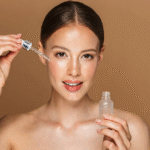

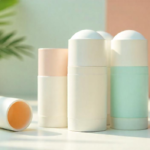


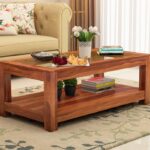
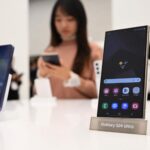
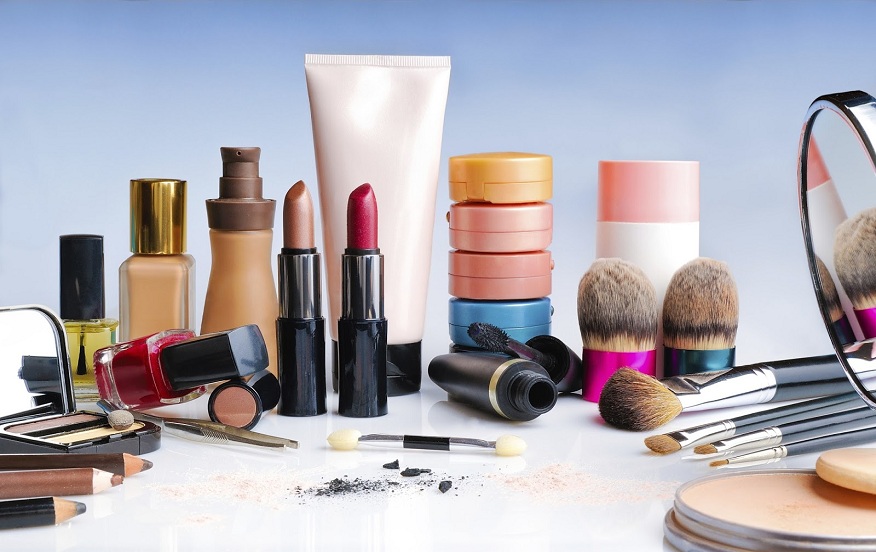
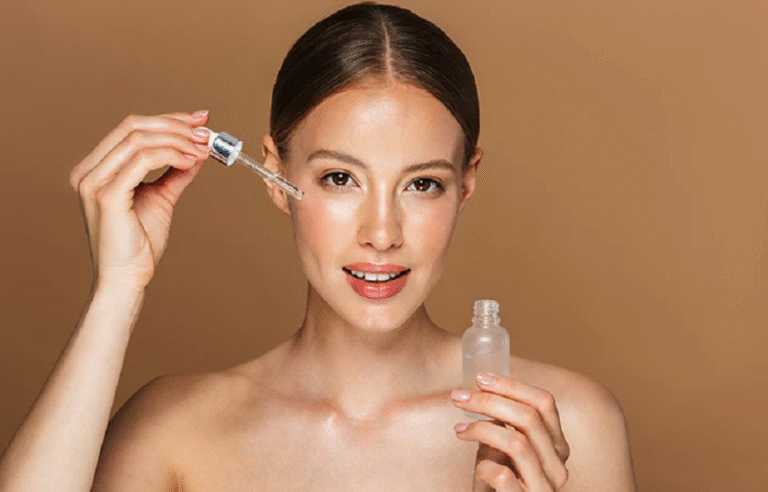
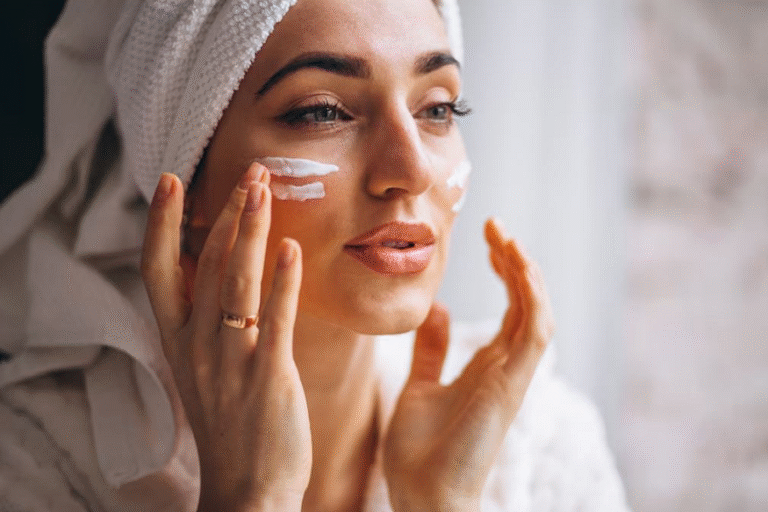
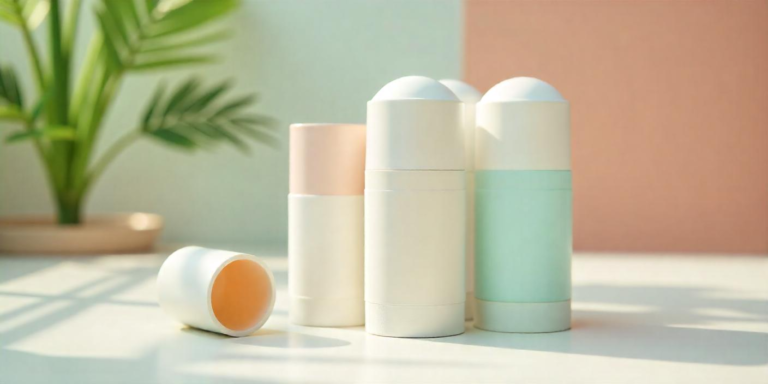
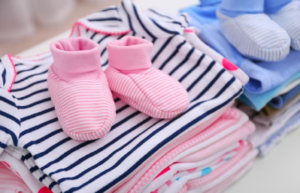
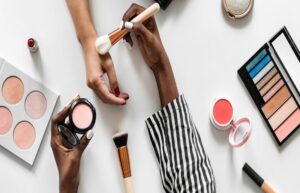


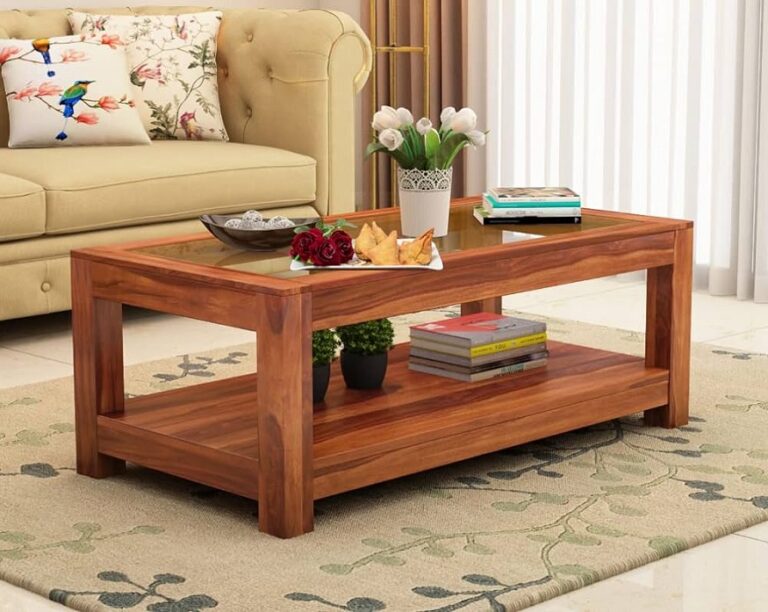
+ There are no comments
Add yours